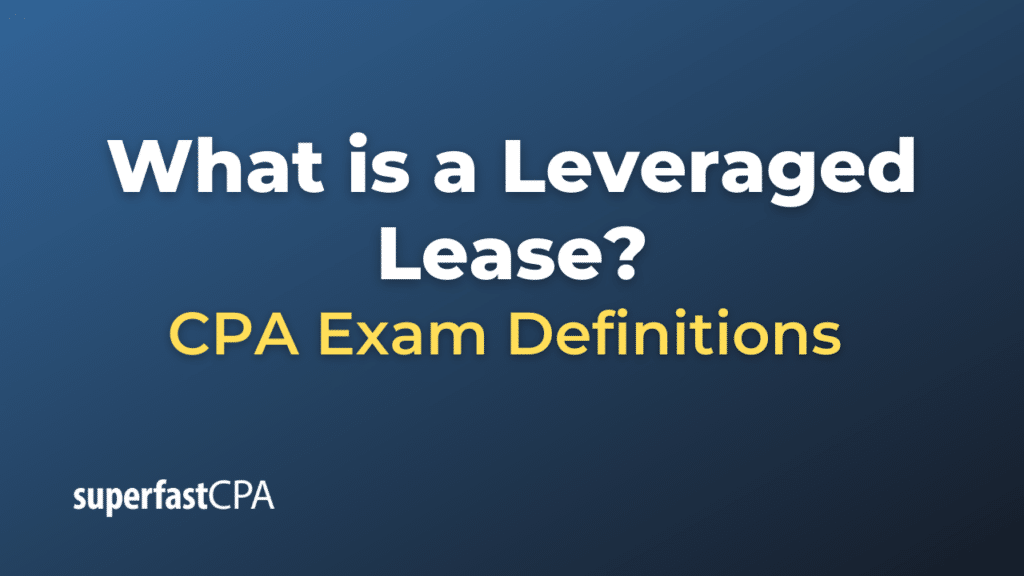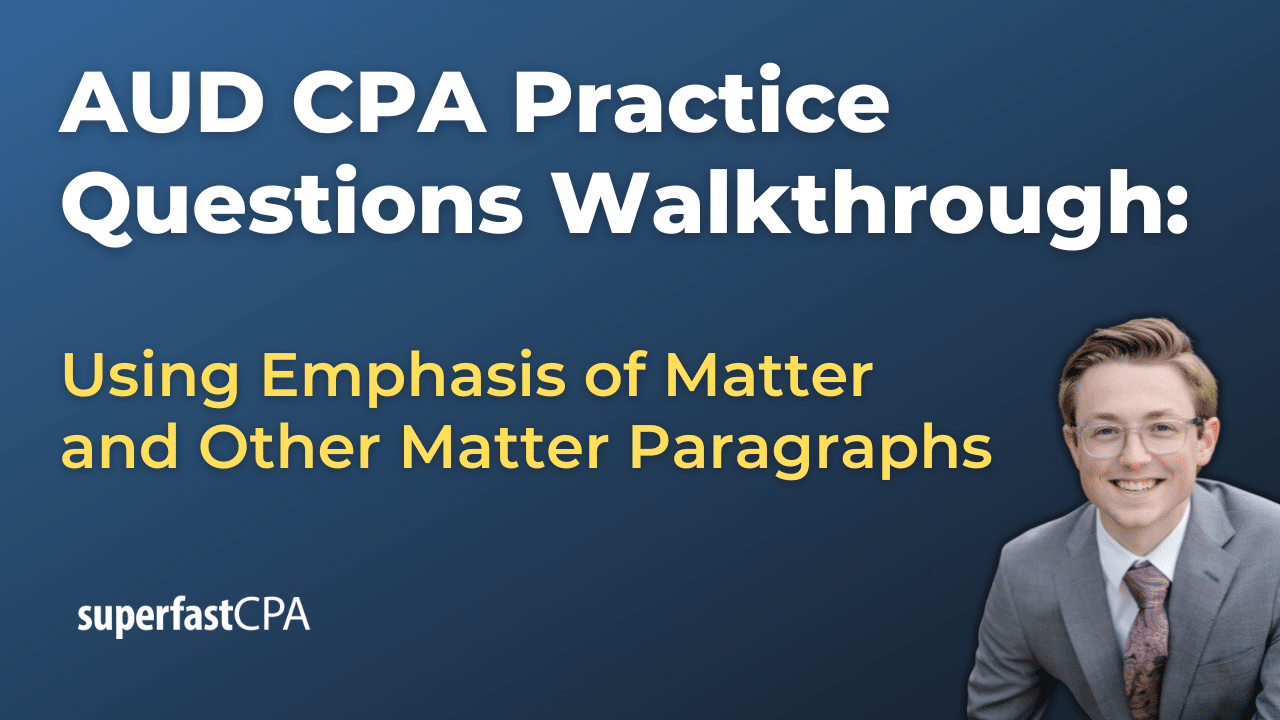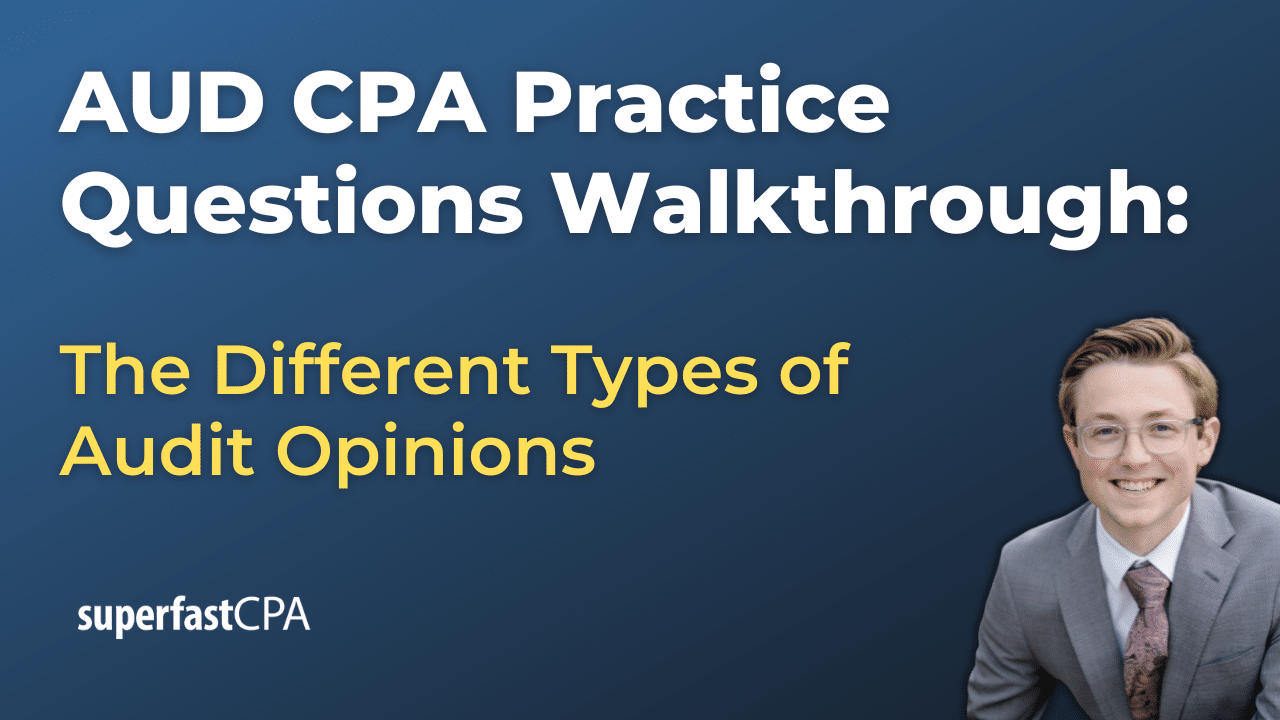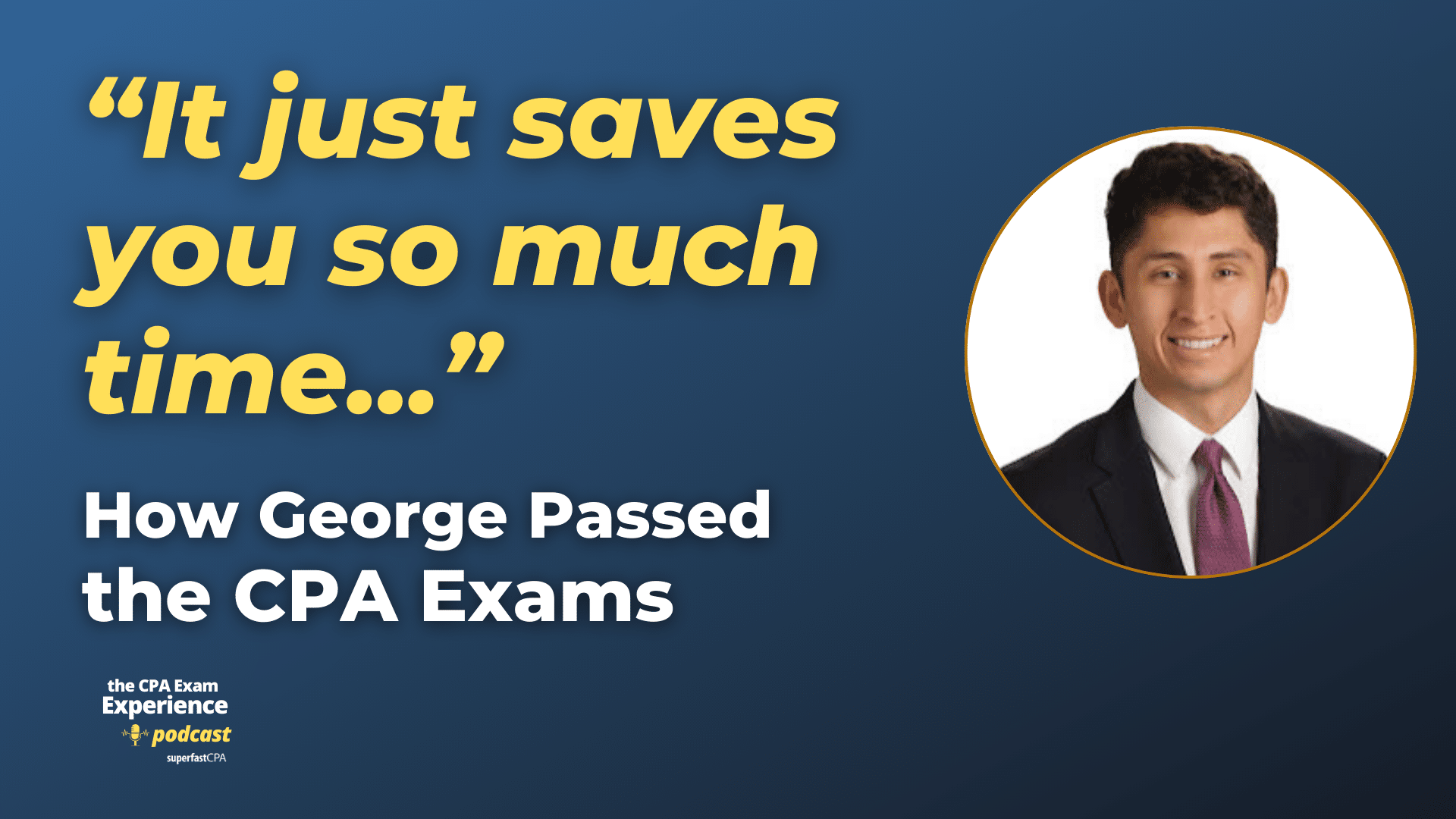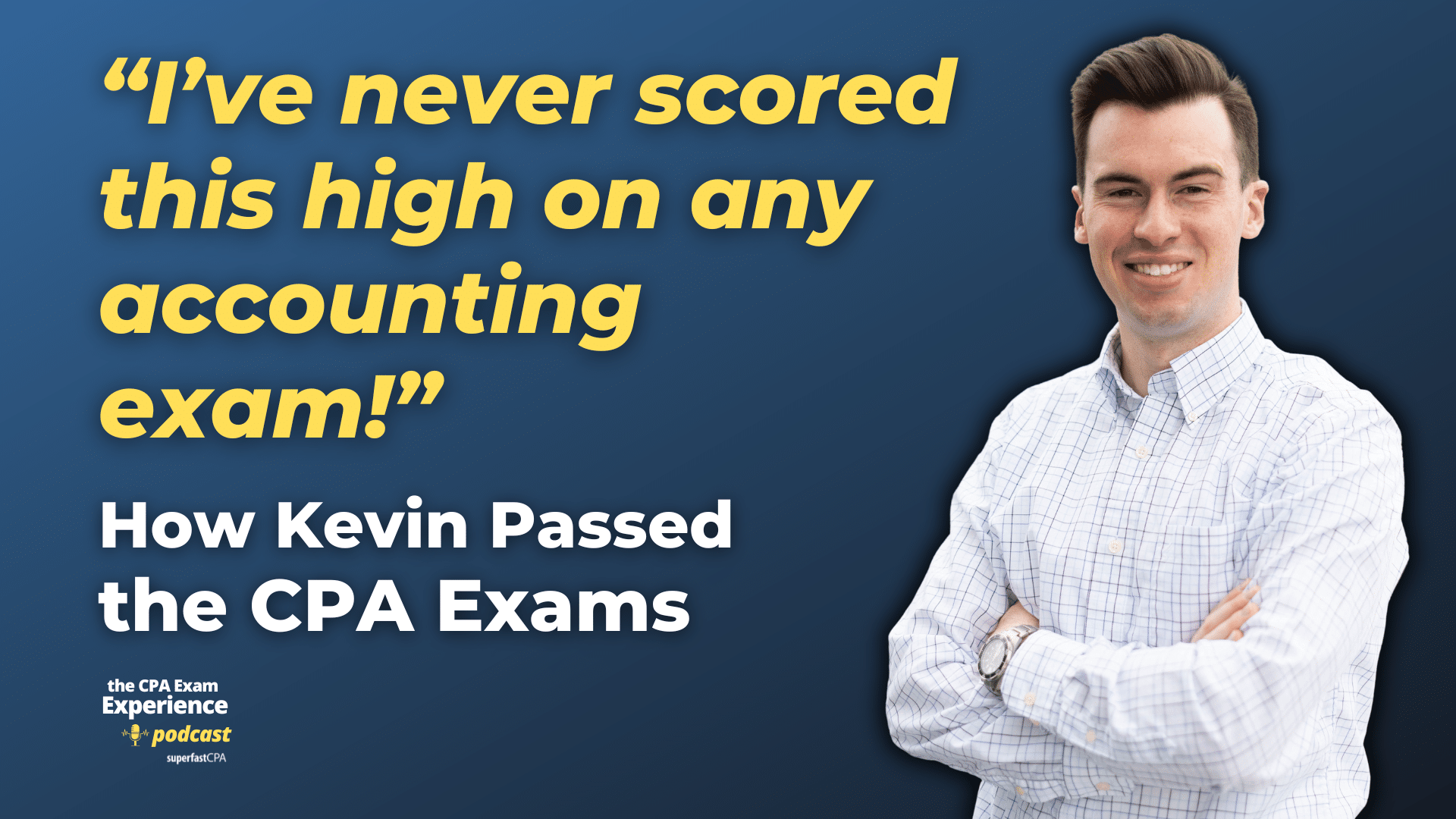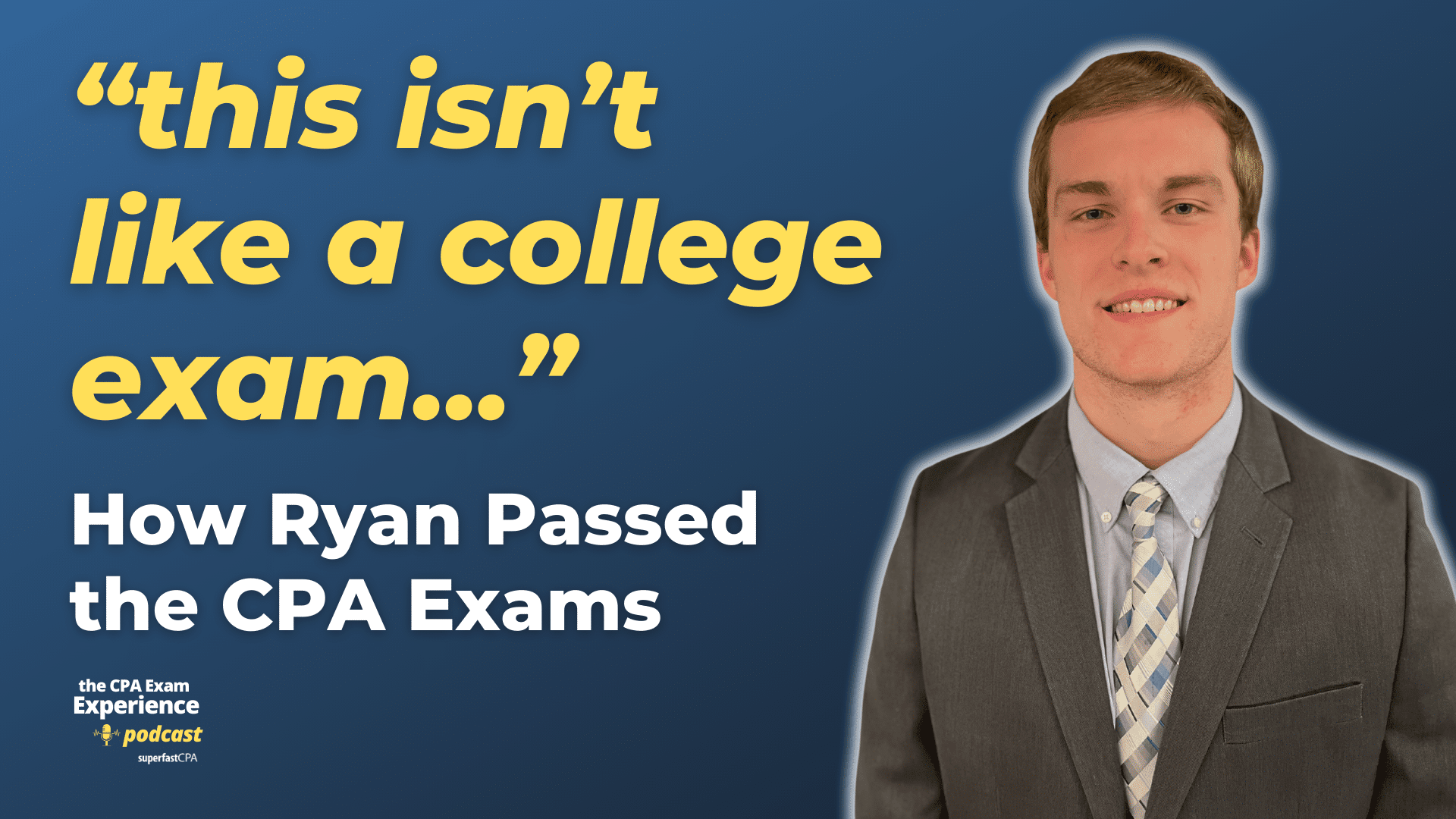Leveraged Lease
A leveraged lease is a lease agreement that is partially financed by the lessor through a loan. A third-party financial institution typically provides the loan. The borrower (lessor) then leases the asset to the lessee, and the lease payments are used to meet the loan repayment obligations.
In a leveraged lease, there are usually three main parties involved:
- The lessee, who needs the asset for use.
- The lessor (also known as the equity participant), who buys the asset with the help of a loan, and then leases it to the lessee.
- The lender (also known as the debt participant), who provides the loan to the lessor to purchase the asset.
This type of lease is usually used for expensive long-term assets like property, land, or heavy machinery. It allows the lessor to provide the lease without tying up a large amount of their own capital.
One characteristic feature of leveraged leases is that they are nonrecourse loans, meaning the lender only has a claim to the leased asset and lease payments, but not to other assets of the lessor. This type of financing structure can provide significant benefits to the lessor in terms of tax benefits and return on investment. However, it also involves complex financing and accounting practices.
Example of a Leveraged Lease
Let’s consider an example to understand how a leveraged lease works:
Suppose Company A, an airline, wants to acquire a new airplane, but it doesn’t want to purchase the airplane outright because it’s a high-cost, long-term asset. Instead, Company A wants to lease the airplane.
Company B is an investment company that agrees to act as the lessor in this scenario. However, Company B also doesn’t want to use all of its own capital to purchase the airplane. So, Company B decides to arrange a leveraged lease.
Here’s how the transaction might unfold:
- Company B approaches Bank C to secure a loan. Bank C agrees to lend Company B 70% of the purchase price of the airplane. The remaining 30% is provided by Company B from its own funds.
- Company B uses the loan from Bank C plus its own funds to purchase the airplane from the manufacturer.
- Company B then leases the airplane to Company A. The lease payments from Company A are structured in such a way that they cover the loan repayments to Bank C, as well as provide a return on the investment for Company B.
In this example, Company B is the lessor and equity participant, Company A is the lessee, and Bank C is the lender or debt participant. This arrangement allows Company A to use the airplane without a large upfront capital expenditure, while Company B earns a return on its investment and Bank C earns interest on its loan. Meanwhile, the airplane itself serves as collateral for the loan from Bank C.

